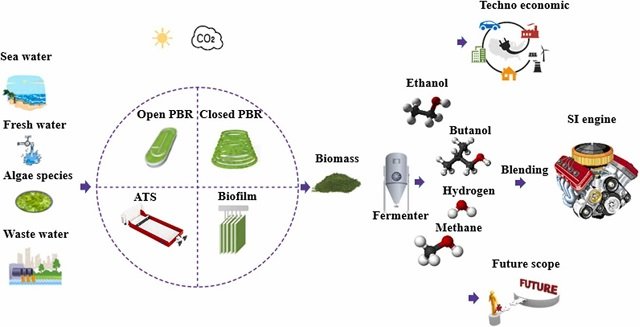Madrid, Spain.- Oceana calls for the inclusion of algal forests in official climate plans and strategies, and for the creation of an International Action Plan to preserve these valuable marine ecosystems. Oceana is presenting a photo exhibition at the UN Climate Change Conference (COP25) to showcase the key role of these ‘blue forests’ in storing CO2 and to warn that, due to a lack of protection, we lose between 1% and 7% of their area every year.
So-called ‘blue forests’, composed of large marine algae, are widespread across the planet and thousands of species depend on them to survive. In fact, the higher level of biodiversity within ‘blue forests’, the more CO2 that will be stored, and the more resilient the oceans will be in the face of destabilising threats.
“Blue forests are one of the main lungs of our oceans – we should protect them as they deserve. Scientific reports tend to focus on terrestrial forests, but marine algae can account for as much as one-fifth of the CO2 stored by oceans. It is vital that the Intergovernmental Panel on Climate Change (IPCC) take them into account, and that decision makers include their protection within international policies against the climate crisis”, said Ricardo Aguilar, Senior Research & Expeditions Director of Oceana in Europe.
The role of the oceans as allies in fighting climate change is typically undervalued, yet up to 1000 tonnes of CO2 can be stored within a single hectare of marine vegetation. Even when ocean ecosystems are factored into climate change plans, blue forests are often dismissed, even though they can store as much CO2 as mangroves, marshes and seagrass meadows combined.
More than 17 000 species comprise large marine algal forests, of which the following are among the most common ones:
– Brown algae: These species come in a variety of shapes and sizes. Brown algae can live at depths greater than 150 metres, while others can float freely in the open ocean. Kelps are the largest algae on the planet, reaching heights surpassing 30 metres. At the same time, they can store more than 1200 grams of carbon per square metre annually.
– Green algae: They can often be found mixed with other marine plants, and together they provide food and refuge to hundreds of species of marine animals. Some green algae are single-celled, others form dense belts in coastal ecosystems, and some are calcareous (i.e., they contain calcium carbonate). There are more than 8000 different species of green algae.
– Red algae: These species play an important role in marine ecosystems, and form highly productive and lush sea meadows and forests. Calcareous red algae represent important carbon sinks, and moreover can have very long lifespans, with some formations reaching 8000 years of age.
Stay Always Informed
Join our communities to instantly receive the most important news, reports, and analysis from the aquaculture industry.
Editor at the digital magazine AquaHoy. He holds a degree in Aquaculture Biology from the National University of Santa (UNS) and a Master’s degree in Science and Innovation Management from the Polytechnic University of Valencia, with postgraduate diplomas in Business Innovation and Innovation Management. He possesses extensive experience in the aquaculture and fisheries sector, having led the Fisheries Innovation Unit of the National Program for Innovation in Fisheries and Aquaculture (PNIPA). He has served as a senior consultant in technology watch, an innovation project formulator and advisor, and a lecturer at UNS. He is a member of the Peruvian College of Biologists and was recognized by the World Aquaculture Society (WAS) in 2016 for his contribution to aquaculture.




